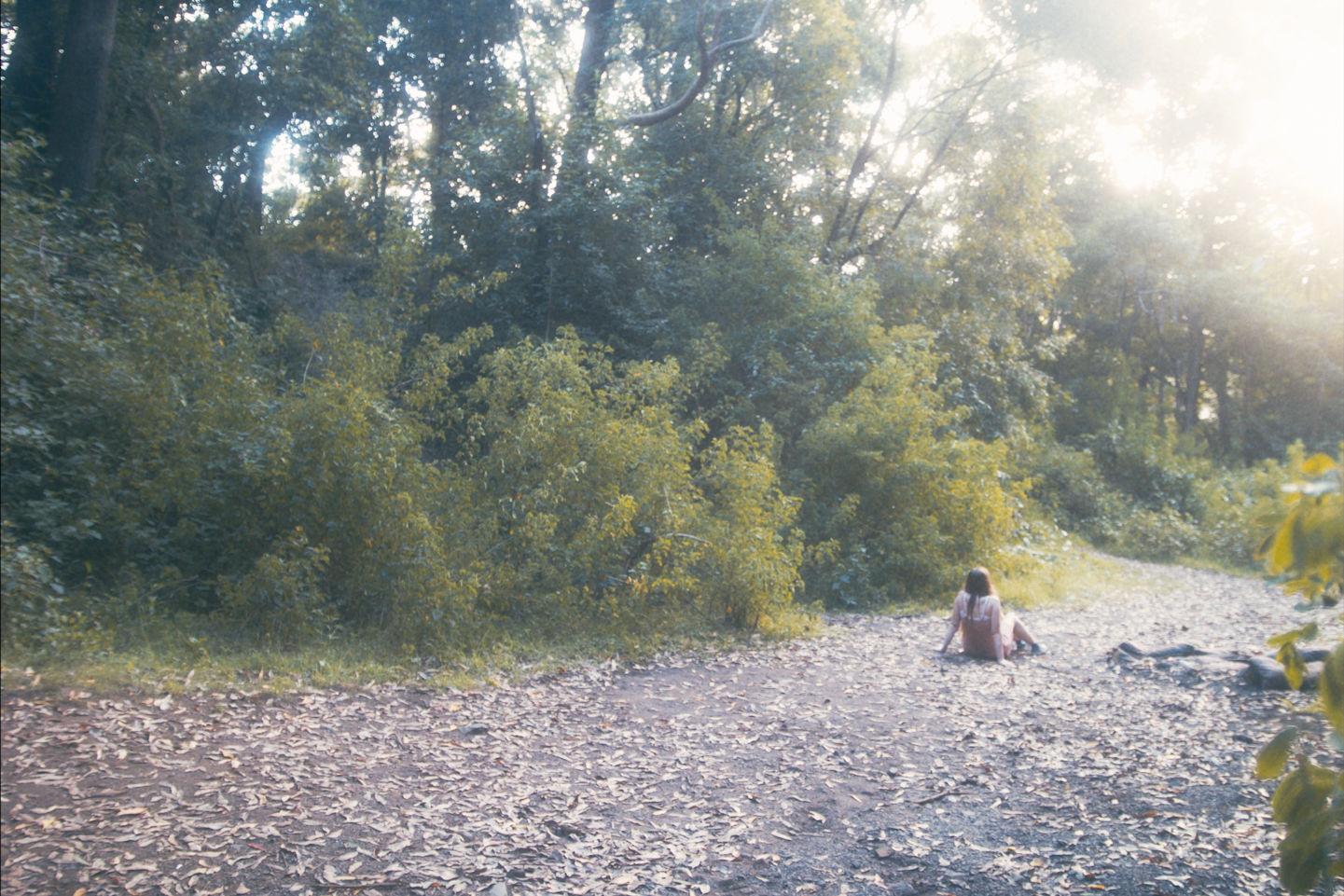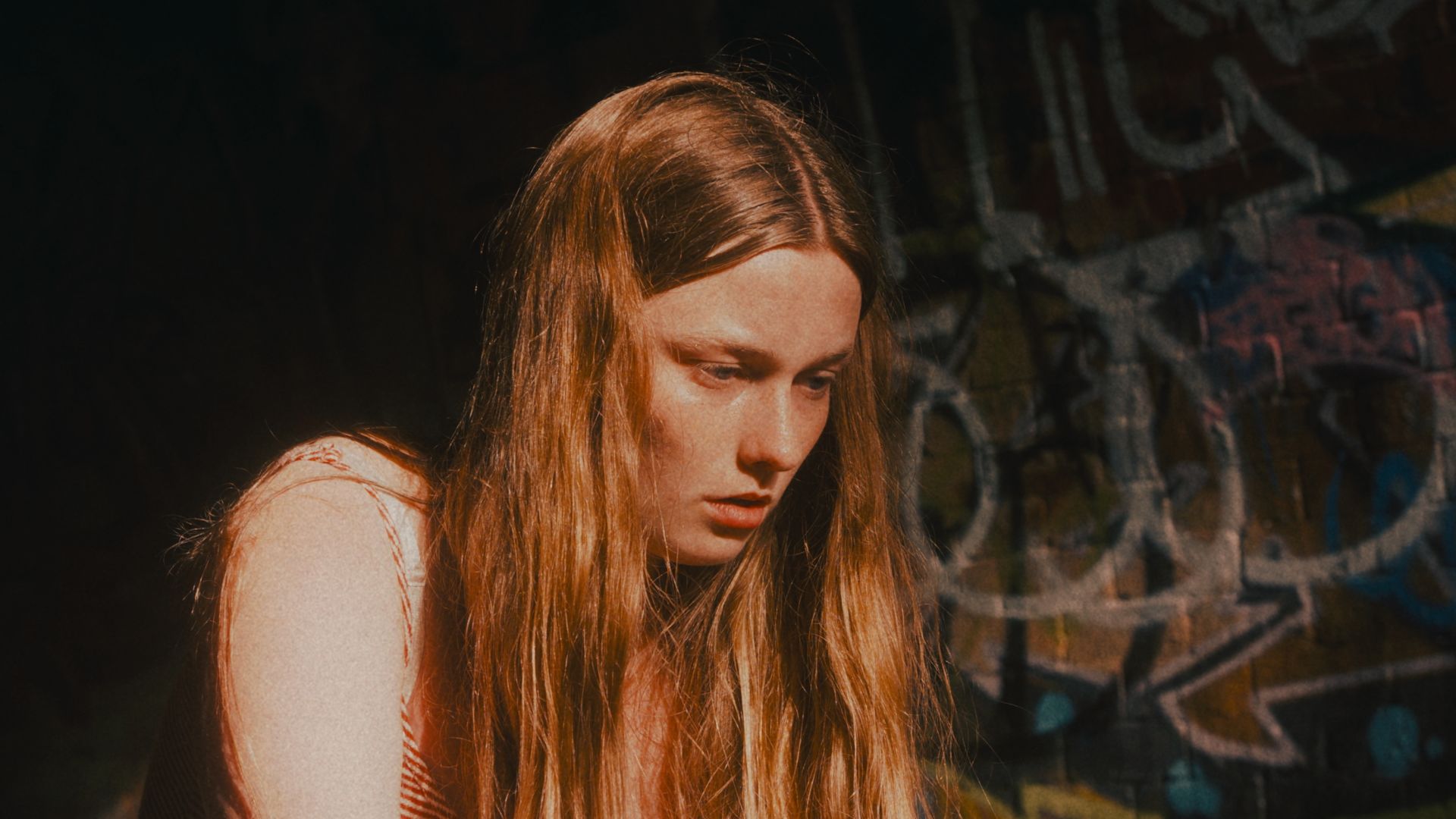Julian Hamman is an indie filmmaker and video artist based in Sydney, Australia. His practice combines elements of slow cinema and foundational tragedy structure, often following working-class characters who are tackling disillusionment, apathy and suburban malaise. He completed a Bachelor of Communications (Media Arts & Production) at UTS in late 2022.
I sat down with the 22-year-old filmmaker to talk about his latest short film, Daydream, after several festival premieres and screenings. The film was a finalist for the Cut Short Competition in 2022, was recently curated for the 24-Hour Mopoke Festival in Martin Place and won ‘Best International Film’ at the First ‘Cut!’ Festival in Ireland in March.
MP: Could you begin by describing Daydream for us?
JH: Of course! Let me give you my elevator pitch – Daydream is a psychological drama tackling apathy and miscommunication, set against the backdrop of an ordinary Australian Summer’s day. The story follows a dejected teenage girl, May, who’s searching for her missing budgie.
I made it for my UTS capstone in the summer semester of 2022, just when all the COVID cases surged. It was a beautiful and exhausting effort that is kind of surreal to look back on and even more surreal to travel around with at film festivals and see the audience reactions. Every time I see it, I’m reminded of my love for the experience, the crew, those three shooting days. I’m getting emotional already.
MP: And for good cause. Tell me: how did this project begin? Is there a process you follow now that you’ve done a few films?
JH: Yes and no. In the past I’ve kind of convinced my friends to take important roles in the cast and crew and drawn stories/characters from there. This time I had a lot more space to dream and think everything through. The basic idea began when I was journaling random visuals and moments - ants crawling in honey, birds chirping etc. Instead of having a script and then trying to match it to the shot list or visuals later, I started with the visuals.
I had these memories of being a kid at family parties or barbecues and just sitting there being disconnected, talking to nobody, because it's kind of more about the adults. So I drew upon those feelings of being in the scorching heat, playing backyard cricket, hearing cicada noises and feeling like the adult world was just out of reach. From there I fleshed out characters, narrative beats and my overall intention. It was refreshing. I’m using the same method with my current projects.
MP: Daydream combines elements of naturalism and surrealism, what would you say influences those stylistic choices. Where does this style come from?
JH: Yeah, I wanted to work in this mode, between realism and surrealism. The film works directly off symbols, metaphors and visuals as opposed to story or conventional dialogue scenes. One of my favourite directors is Lynne Ramsay, I just love the way she simplifies complex emotions into striking images. Instead of traditional dialogue, she'll just cut to a shot of a computer screen or a close-up of a character’s mouth. Somehow it expresses the emotional truth of a scene. I don’t know how she does it. That, to me, does way more than dialogue could ever do.
My DP (Henry McGilchrist) and I really drew inspiration from Ramsay’s ‘Ratcatcher’, we even had a shot we named the ‘Ratcatcher Shot’. So I wanted to exemplify the emotions of being disconnected, of no one listening and feeling apathetic, through these kind-of random images. To see if these close-ups and a combination of sound choices (cicadas, violin drones and silence) could do more. Whether that could have more of an emotional impact. So I guess I'd say Lynne Ramsay. Micheal Haneke and Apichatpong Weerasethakul also.

MP: How was this film different from your others? Did you learn anything about yourself or how you work that you’ll take with you for your next project?
JH: This was a pretty formative experience in terms of the way I want to make films from now on. With my previous films, it was definitely a one-man-band case, which is good in some ways, but I think the idea of collaboration and seeing what other people brought to the table in this film is the only way I want to make films from now on.
The best part of directing is when you're doing a take and the actor goes ‘let's do it like this instead’ or the production designer (Chantal Belaicha) comes in and says ‘let's do a whiskey glass instead of a wine glass’. It's those little details that I would have never thought of, and it totally enhances the piece. The film is only as good because of the crew and their contributions. I'm merely just a springboard for everyone else to bring their ideas. They were amazing.
MP: What would you like viewers to take away from this film?
JH: This film is 12 and a half minutes long and I really wanted to stretch it out – to let the audience sit in the uncomfortable nature of it. In doing so, I hope the audience empathises with the half-distant, hypnotic atmosphere of May's suffering. She spends most of the film alienated, and in her two brief exchanges with family members, she’s met with disregard. Clear signs of depression and self-harm are left undisclosed; off limits. She’s a ghost.
Especially at the end, I want the audience to meditate on these ideas of empathy, death and miscommunication. It’s not an experience where everything is happening at lightning speed, I wanted it to flow like hypnosis. We spent a lot of time with the sound design, carving it out to be this way.
MP: Just one final thought, there’s a shot near the end that lingers on the protagonist’s face for about a minute and a half. What was filming that like?
JH: That was always the most important moment of the film. Indi (Indianna Gregg) and I kind of talked it over but didn’t really go into extreme detail. She has this classic, lowkey deadpan stare that really conveyed everything the character was going through, so I didn’t want to talk the scene to death before we filmed. I just wanted to capture her, and I trusted that she could do it. She nailed it.
While writing the script, I thought ‘oh this scene will be long’, but I wasn’t really imagining it in terms of actual time. So in post-production, I realised how long it actually was. I could have cut it down if I had a gun to my head, but her facial expressions and the way she goes from shock to disgust to acceptance to grief all within a minute and a half, you wouldn't get that response if it was edited really neatly. You wouldn't have the same reaction as an audience member as you do with that single shot. You’re sitting in that difficult emotion, no cuts. Ruminating on this tension and weird release.
You can follow the film’s next stpes on Julian's instagram – @julianhamman.


 -
-